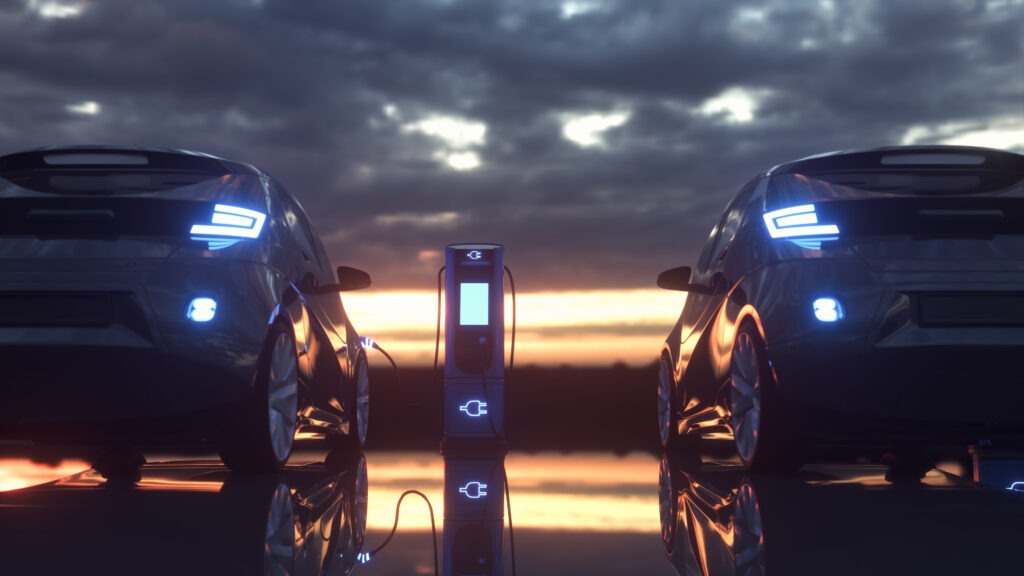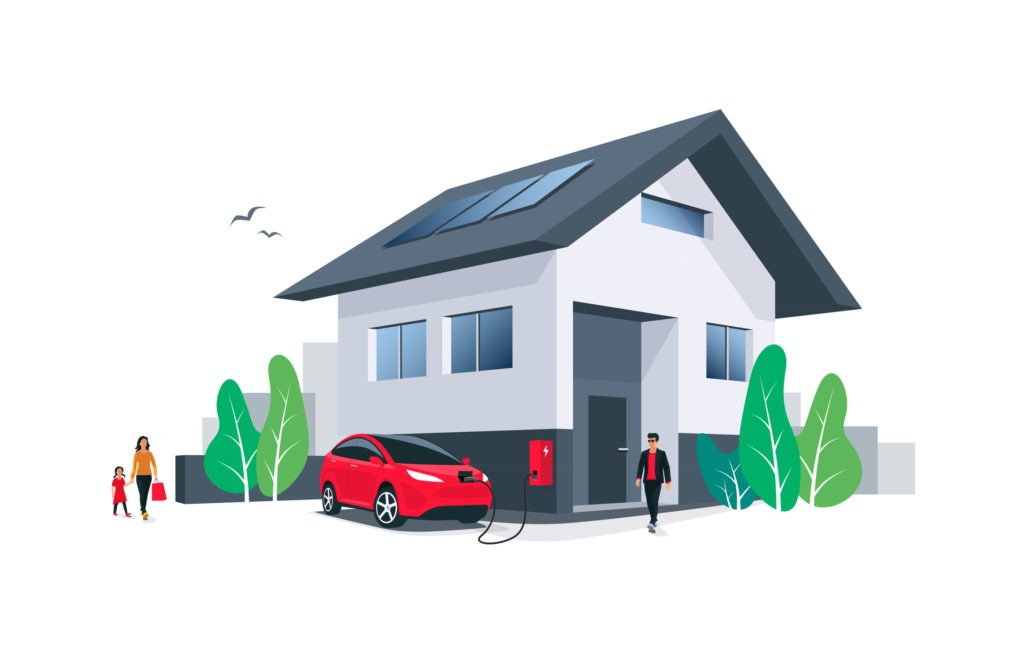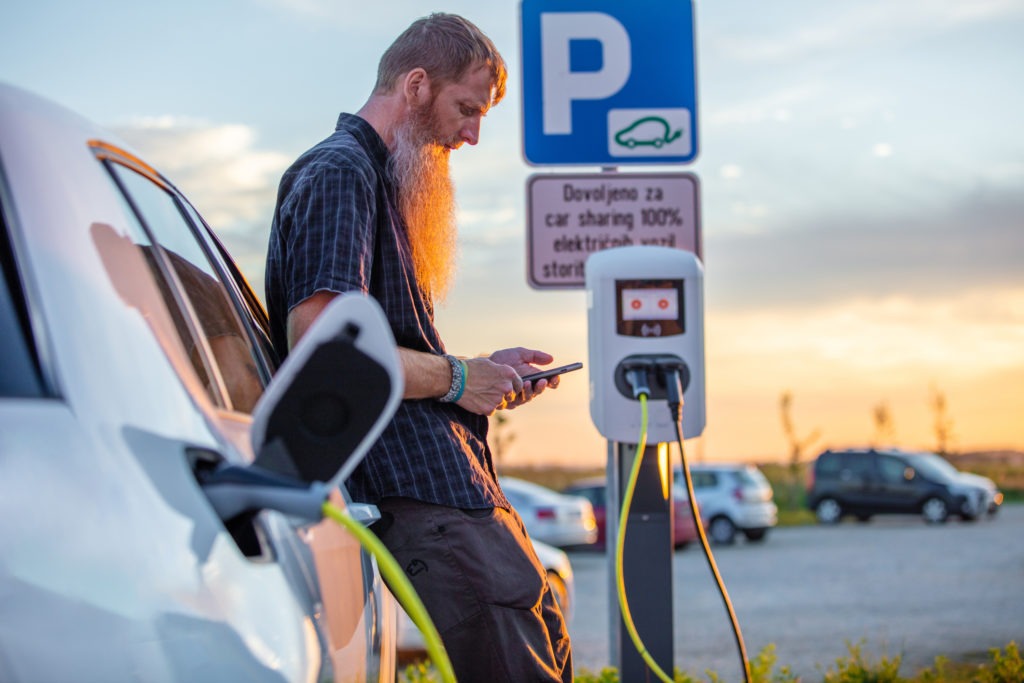European Parliament targets one EV charging station every 60km by 2026
21 October 2022
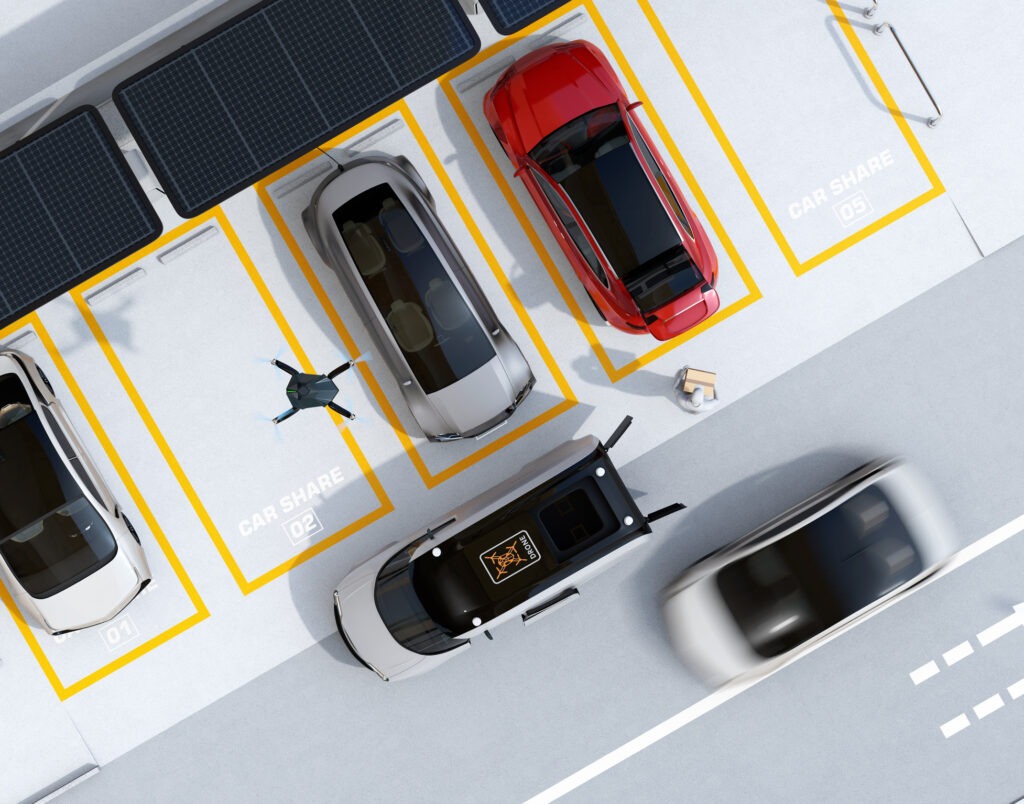
The European Parliament has agreed binding minimum targets for zero-emissions infrastructure as part of the Fit for 55 package. This latest Alternative Fuels Infrastructure Regulation (AFIR) decision promises to spur the deployment of electric-vehicle (EV) charging points and hydrogen refuelling stations.
The targets aim for at least one charging pool along every 60km stretch of main EU roads. The same requirement looks to apply to trucks and buses, but only along the core TEN-T networks, and with more powerful infrastructure.
MEPs also propose that hydrogen refuelling is available every 100km, instead of every 150km, as originally planned by the EU Commission. Member states would have to carry out this rollout more quickly too, by 2028, instead of 2031.
So, the minimum mandatory national targets effectively demand more infrastructure, more quickly. Additionally, stations should be accessible to all brands, with simple payment options. Affordable and comparable prices will need to be displayed in kWh or kg.
By 2024, member states will need to present their national strategies with which they aim to hit all these targets. MEPs are also looking for an infrastructure data reference point by 2027, to help them understand availability, waiting times and prices at stations across Europe.
‘At the moment, we have 377,000 charging stations in the EU, but this is half the amount that should have been achieved had EU countries lived up to their promises,’ said European Parliament rapporteur on alternative fuels infrastructure, Ismail Ertug. ‘We need to tackle this decarbonisation bottleneck and quickly roll out the alternative fuels infrastructure to save the Green Deal.’
A high bar
The European Automobile Manufacturers’ Association (ACEA) welcomed the European Parliament’s AFIR decision. Its director general, Sigrid de Vries, confirmed the essential nature of infrastructure in relation to the decarbonisation of transportation, as well as the affordability of zero-emission vehicles.
But De Vries also pointed out that even with these strengthened targets, AFIR will only provide a minimum infrastructure network, which will have to be complemented by private sector initiatives. ACEA is therefore encouraging policymakers to help lower investment risks and speed up permitting and planning procedures.
‘Policy makers have already set the bar very high for the auto industry when it comes to targets for CO2 emissions from cars and vans. It is now crucial that AFIR matches this level of ambition,’ De Vries said. This is why ACEA is encouraging the European Parliament, Commission, and national governments to maintain AFIR in the trialogue negotiations.
Low numbers and power
In October, ACEA pointed out that six EU countries do not have a single charging point per 100km of road. Meanwhile, 17 member states have less than five chargers over the same distance. Only five countries possess more than 10 points for every 100km.
The division between well-equipped and under-equipped countries is vast. For example, the Netherlands has one charger for every 1.5km of road, but Poland has just one point every 150km, even though it is eight times the size.
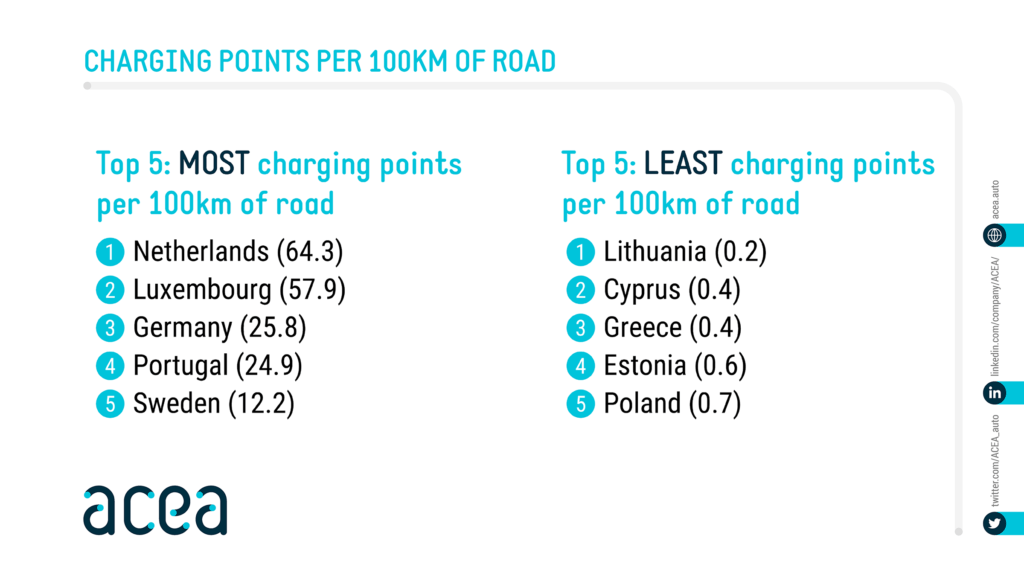
ACEA has also highlighted how most of the infrastructure deployed across the EU can only support a slower charging capacity of up to 22kW. In fact, only one in seven chargers is capable of supplying power above this threshold.
The delivery of effective public and private charging infrastructure will determine the success of the transition to electromobility. Without enough places to plug in, consumers will be left wondering how they are supposed to keep their EV charged. By implementing mandatory infrastructure targets, AFIR is helping ensure an electric future is possible. But will enough points be delivered in time, with large enough capacities?
